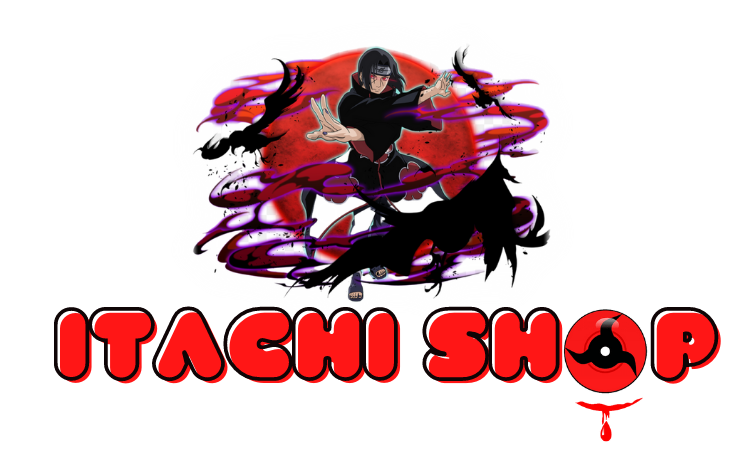Hatsune Miku, the virtual pop star who has captured the hearts of millions around the world, began her journey as a voice synthesizer software, launched by Crypton Future Media in 2007. Designed to enable users to create vocal tracks using a computer, Hatsune Miku quickly transcended the boundaries of traditional music production. With an anime-inspired character and a distinct turquoise hair color, Miku became an avatar for an entirely new genre of music that blends technology, creativity, and fandom.
The Birth of a Virtual Icon
Initially meant as a tool for music creators, Hatsune Miku’s first appearance was within the realm of Vocaloid technology. Users could input lyrics and melodies through software, allowing Hatsune’s voice to sing back their compositions. This innovative idea attracted a community of budding producers and musicians who started to share their work online. As videos featuring Miku performing original songs were uploaded to platforms like Nico Nico Douga and YouTube, her popularity exploded. Miku’s rise to fame was fueled by a collective effort from fans who transformed her from a mere software tool into a cultural phenomenon.
The Globalization of Hatsune Miku
As Miku’s popularity spread across Japan, her influence began creeping into the international music scene. She became a symbol of the “Vocaloid” movement, inspiring countless artists, producers, and even fashion designers. Major performances—including live concerts that feature a holographic projection of Miku—expanded her reach and showcased her ability to captivate large audiences. The unique blend of technology and performance art set the stage for Hatsune Miku to break through traditional barriers, performing on stages worldwide. This expansion reached a crescendo when Miku even made her debut at major music festivals, garnering both critical and commercial success.
Hatsune Miku Merchandise Boom
The rise of Hatsune Miku wasn’t just confined to music and performances; the character’s influence seeped into the realms of merchandise and fashion. From figurines and clothing to art books and music albums, the Hatsune Miku merchandise boom created a thriving ecosystem for fans. Limited-edition items often sell out in minutes, reflecting Miku’s status as a pop culture icon. Fans revel in the chance to own a piece of their favorite virtual idol, with merchandise offering a tangible connection to the digital persona. Collectors eagerly hunt for the latest drops, showcasing their loyalty through the items they own.
The Future of Hatsune Miku
As technology continues to evolve, so too does the character of Hatsune Miku. Collaborations with famous musicians, involvement in video games, and appearances in various media formats ensure that she remains relevant and engaging to her fanbase. The potential for innovation is limitless; virtual reality concerts, new software capabilities, and collaborations with brands could lead to even more immersive experiences. As Hatsune Miku continues to evolve from a simple Vocaloid software into a global pop icon, one thing is clear: her journey is just beginning, and the future holds even more excitement for fans and creators alike.
